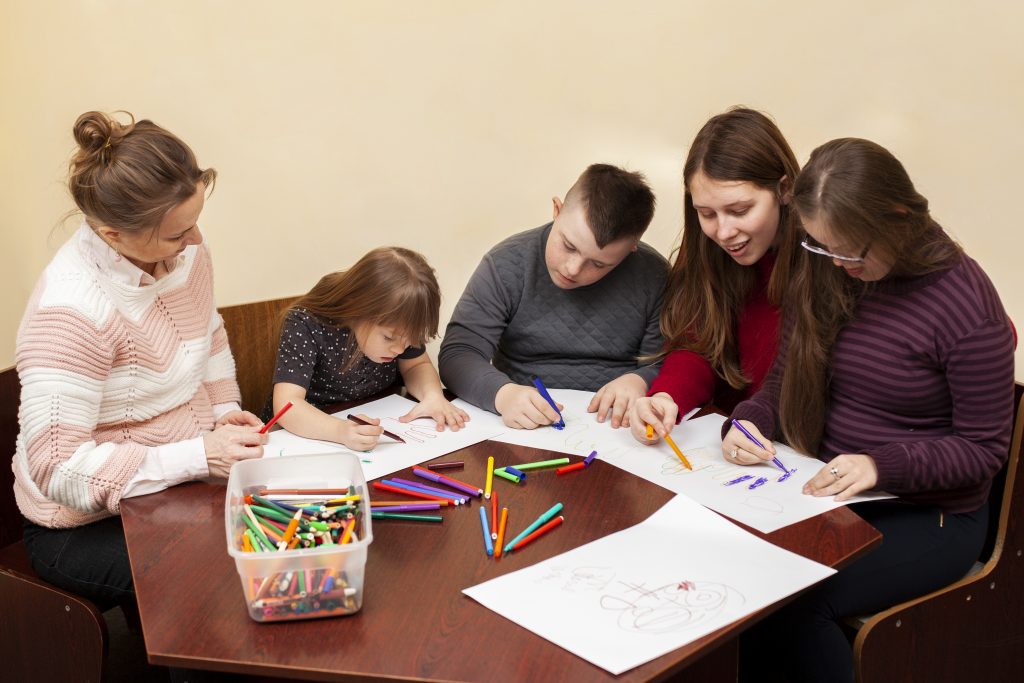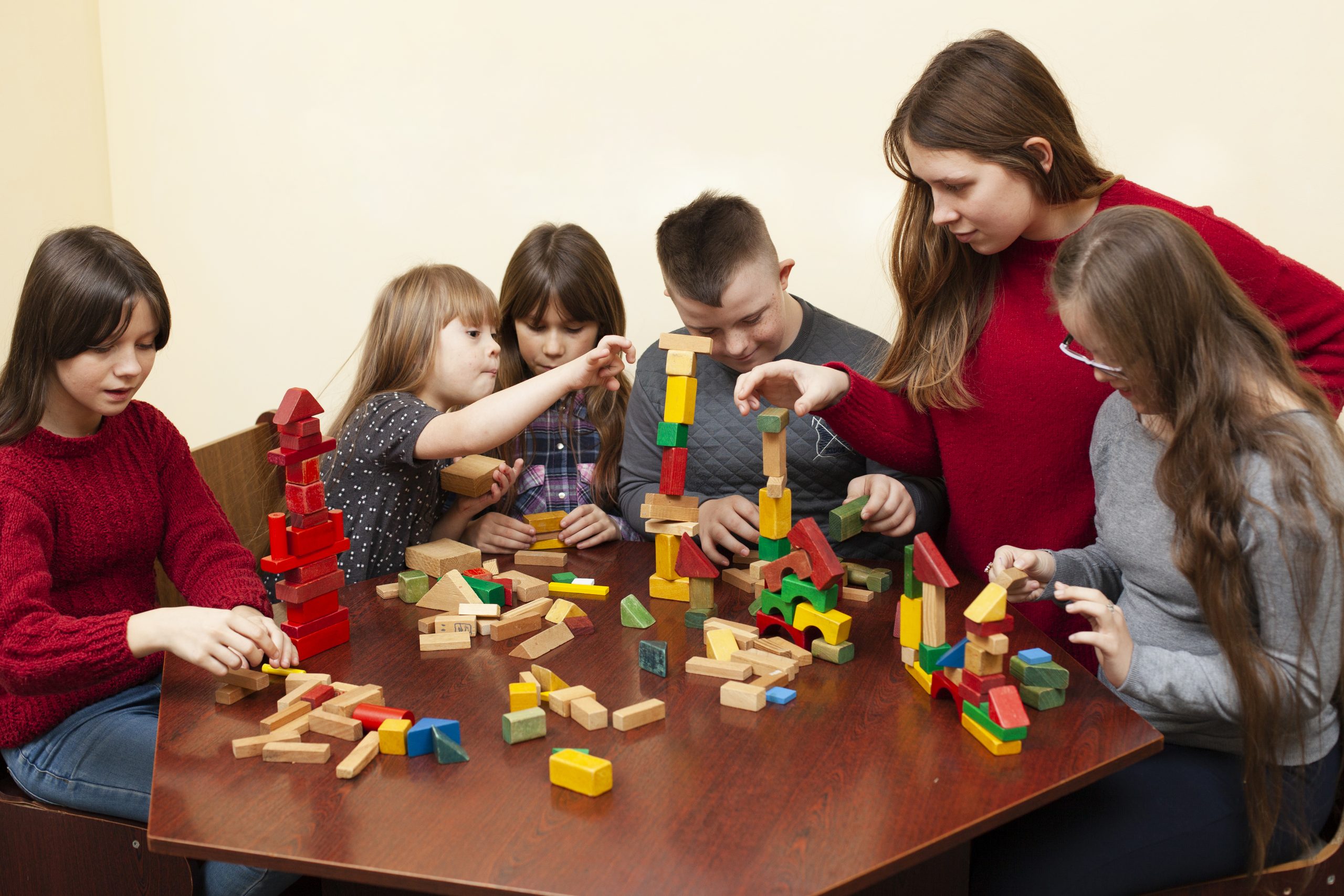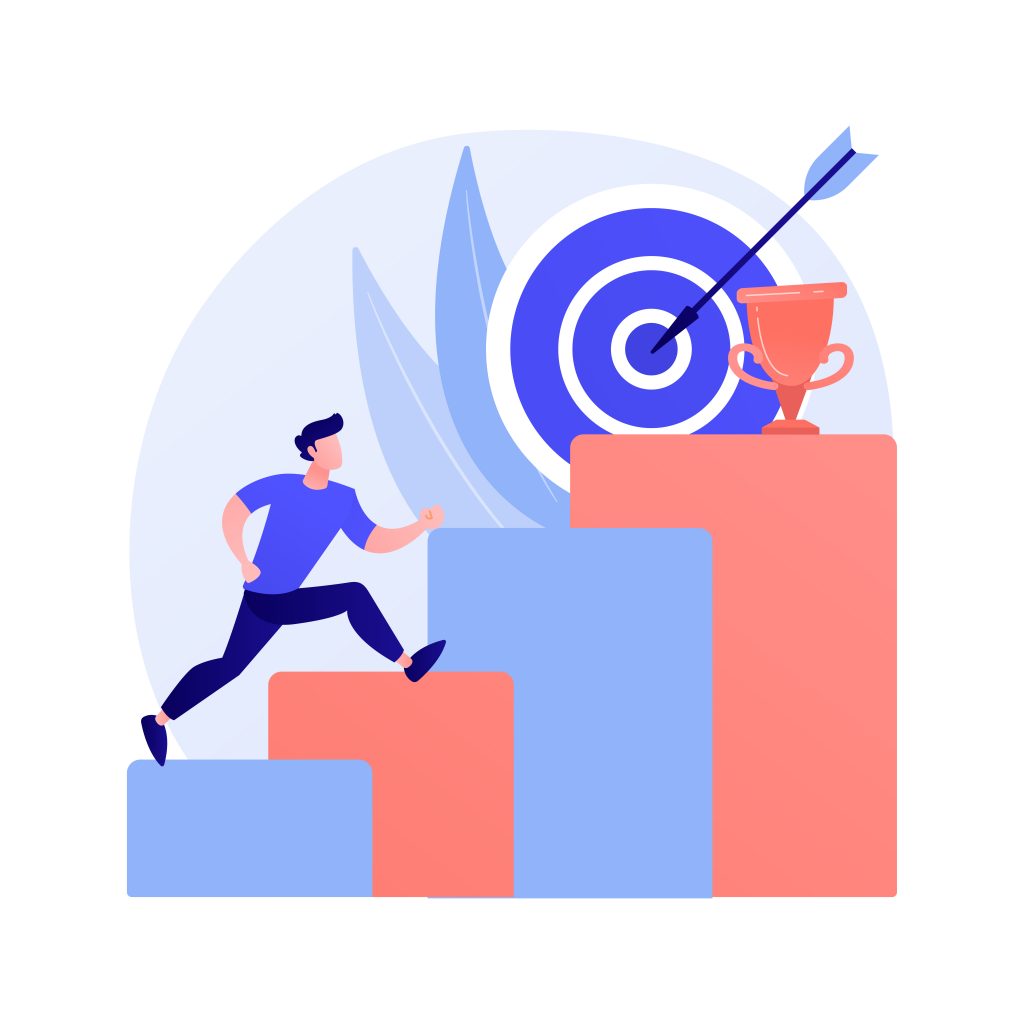
Music can be a powerful teaching tool, particularly for students with SEN (special educational needs).
The term SEN encompasses many needs and disabilities, such as autism, behavioural and emotional difficulties, and visual impairment, just to name a few.
So, because of the wide range of needs, SEN teachers and teaching assistants require different tools and varied teaching methods to help their students achieve their individual learning goals. Music can, and has, played a big part in helping SEN students achieve these goals.
How can music help SEN children in the classroom?
1. Physical

Music is an effective tool to encourage SEN children to move, whether freely or by following a specific rhythm. This can be achieved through dancing or playing an instrument.
Even simple beats and small movements, such as clicking fingers or stamping feet, can help children to see a connection between the music and the natural rhythm of their bodies. For example, if they can connect to their heartbeats and footsteps, then they’ll find it easier to identify other sounds that are around them.
By making these connections and continuing to build on their rhythmic skills, SEN students can improve their confidence, their coordination, and their balance as well as develop their fine motor skills, which will help them to eat, write, and talk.
2. Cognitive

Most of us find that music can stimulate a certain response or emotion. Music can motivate us and it can also relax us, and it is just as effective with SEN children.
A lot of song lyrics are repetitive which is ideal when trying to help students to improve their memory. Additionally, when students are learning a new topic, a song with a familiar melody could be altered and the lyrics replaced with words related to that topic.
Songs can also be used to help students identify the time of day and when certain tasks need to be done. For example, a certain piece of music could be played or a song can be sung to signal to students that it’s the end of the day and that they need to begin tidying their desks.
Overall, music can help SEN children improve their attention span, which will help them to focus in the classroom and to remember what they’ve been taught.
3. Emotional

As previously mentioned, music can stimulate certain emotions, making us experience happiness, sadness, or maybe just a feeling of calmness. Because of this, music can be an effective tool to help students express themselves.
A lot of SEN students struggle to understand their emotions, which then can affect their behaviour and ability to communicate. So, by incorporating music into their lessons, students can learn to recognise their emotions and understand why they are experiencing them.
To assist with this learning, music games can be played. For example, children can stamp like an angry elephant when they hear the sound of a loud, fast drum beat, or they can gallop like a happy reindeer when they hear the sound of jingling bells.
Through games such as the above, SEN children can also learn how to control their emotions.
4. Social

Music can be enjoyed alone or within a group; it is an effective way to bring people together. So, with this in mind, SEN children should be encouraged to sing and play instruments solo, or in their own time, as well as within a group (band).
By being part of a band, they will also develop their communicative skills and their ability to interact with each other.
Additionally, working to create music with other SEN children will help to improve their listening skills as well as their ability to focus and remember.
Not least of all, being in a band, where they’ll have to wait their turn to play or sing, will help to strengthen their self-possession and patience.
If you’re an SEN teacher or teaching assistant, then we hope this blog has helped you to discover new ways to use music within the classroom.
Are you looking for a job as an SEN teacher or SEN teaching assistant? Then, we have several SEN job roles available.
Alternatively, if you’d like to be updated on the latest SEN opportunities, then feel free to submit your CV.



